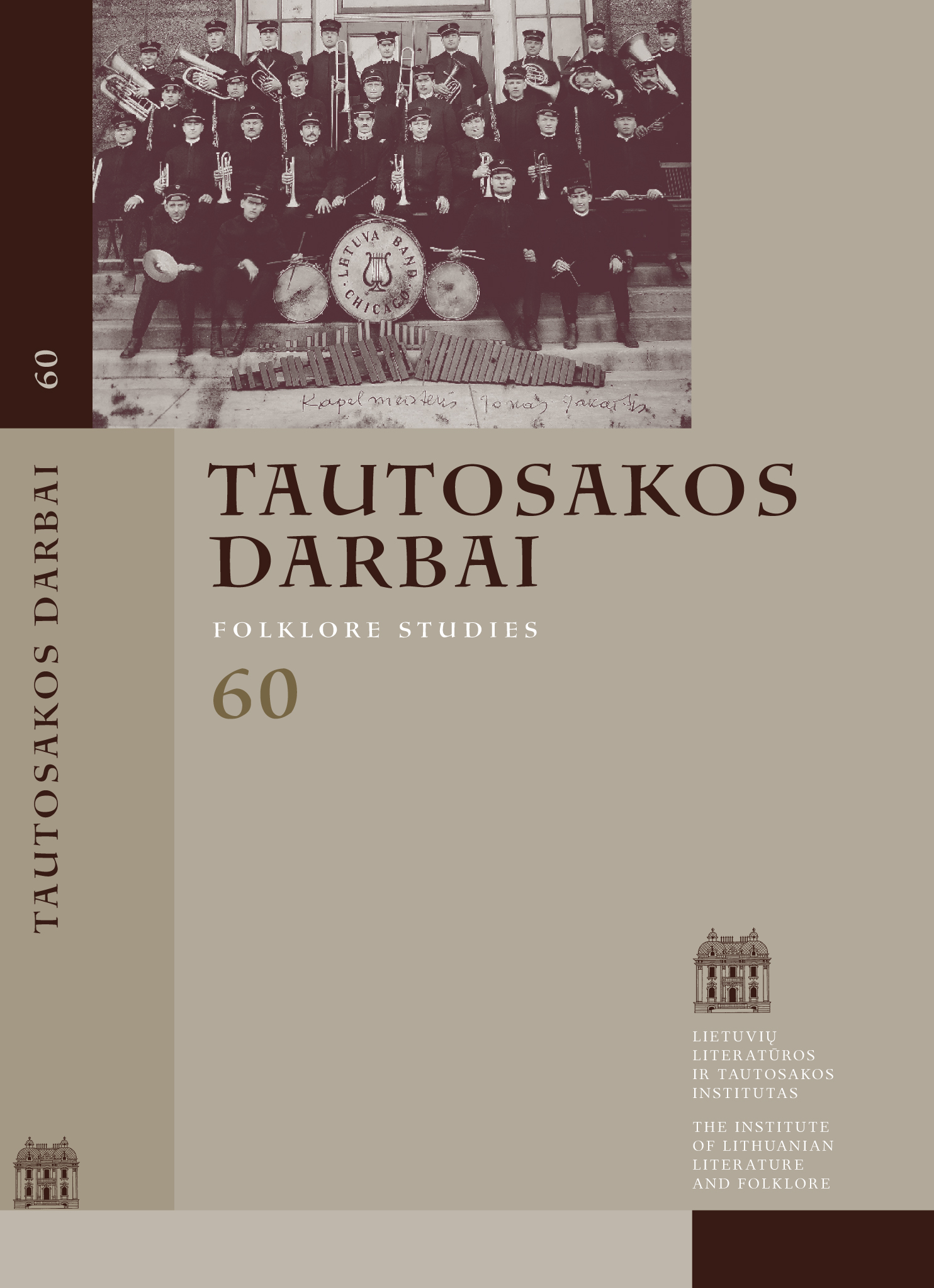Sąmokslas ar bausmė? Maro kilmės teorijos Europoje ir jų atgarsiai Lietuvoje
Santrauka
XIV a. į Europą atkeliavęs ir kelis šimtmečius ją siaubęs maras, o ypač jo kilmė susilaukė daugybės interpretacijų. Straipsnyje gilinamasi į dvi maro kilmės teorijas: pirmoji ligos atsiradimą ir plitimą siejo su žydų bendruomene, o antroji marą traktavo kaip žmonėms siunčiamą Dievo bausmę. Tyrime, pasitelkiant ir lyginant Lietuvos bei užsienio tyrėjų darbus, istorinius šaltinius, literatūrą bei tautosaką, mėginama atskleisti, kokių šių dviejų maro kilmės aiškinimų atgarsių būta Lietuvoje.
Atsisiuntimai
Nėra atsisiuntimų.
